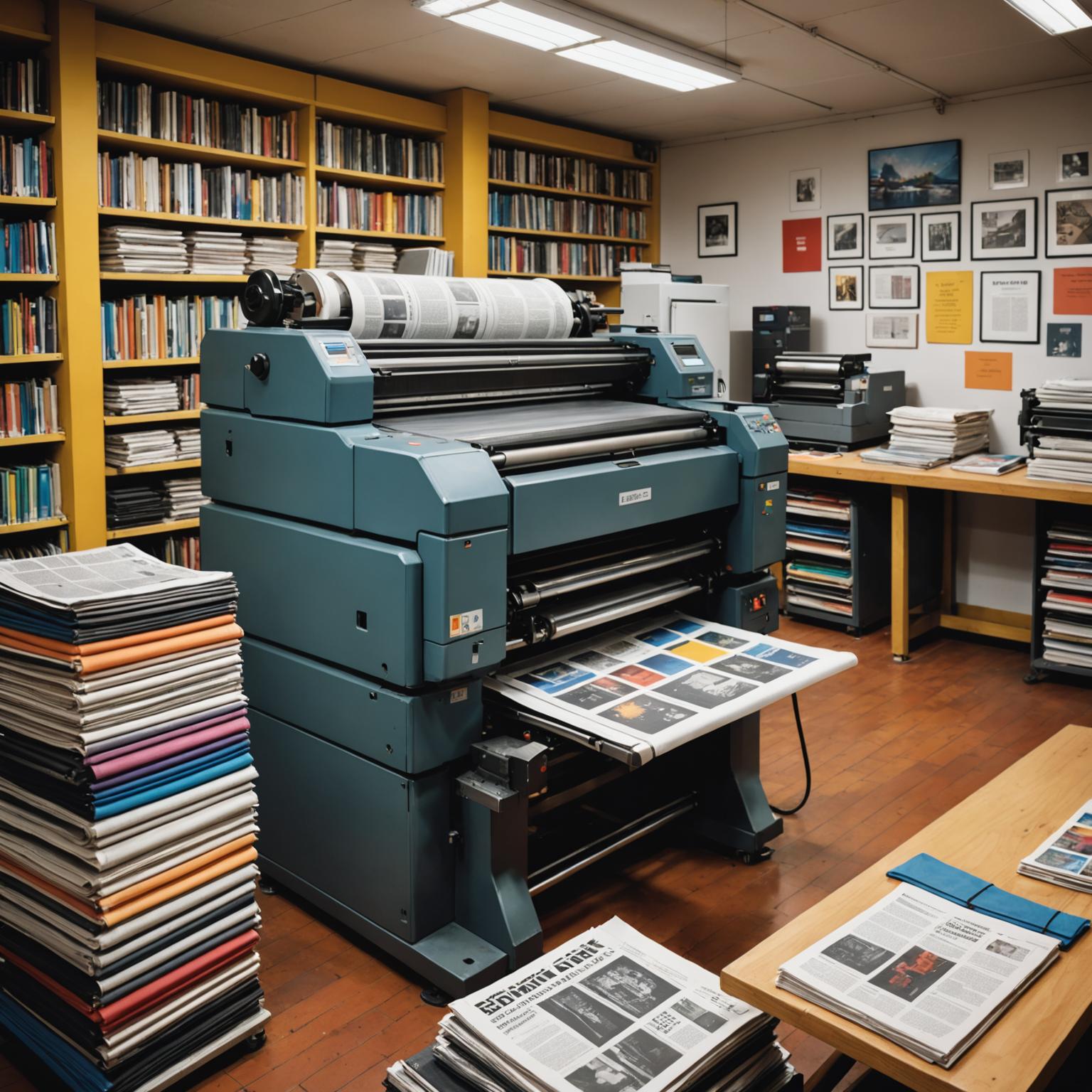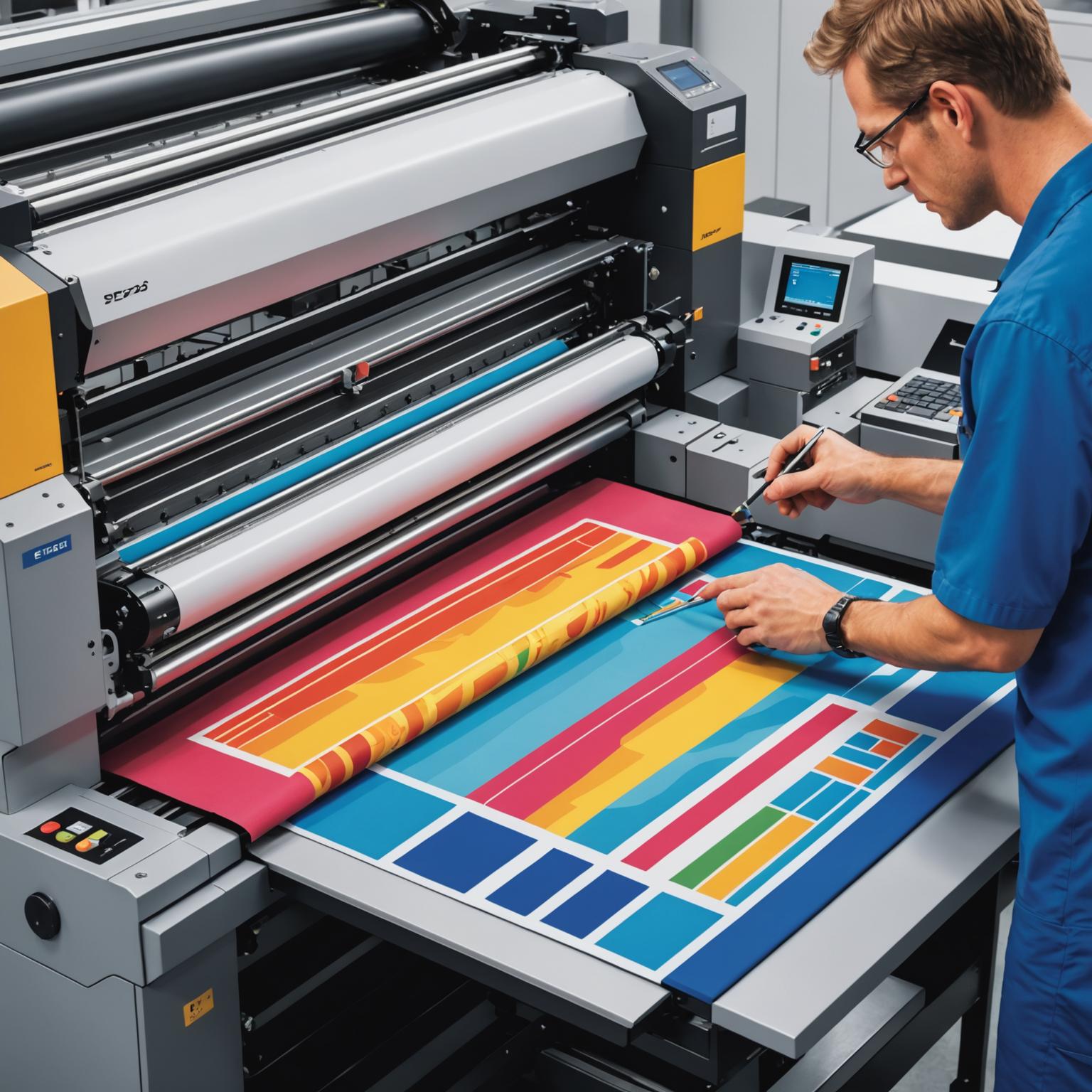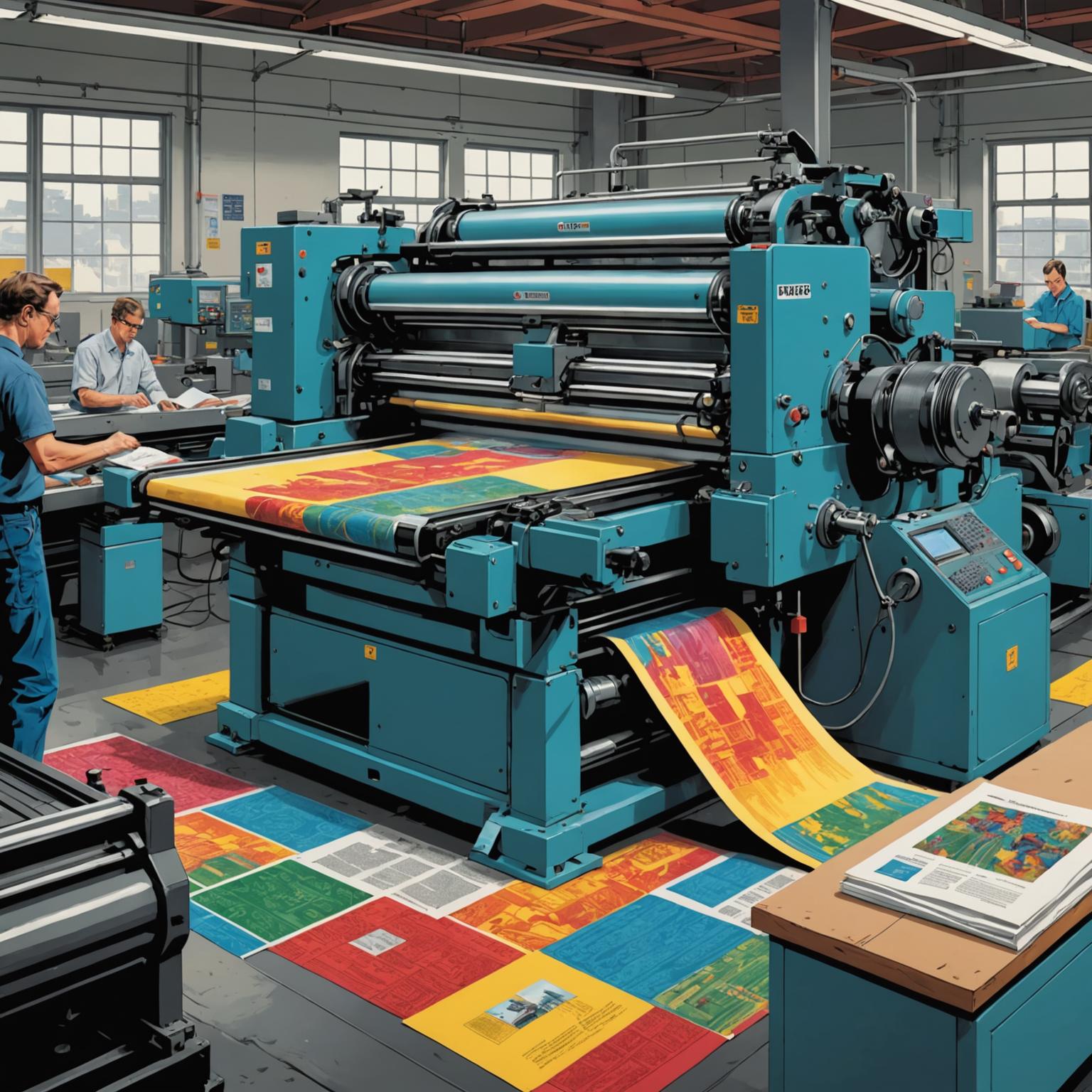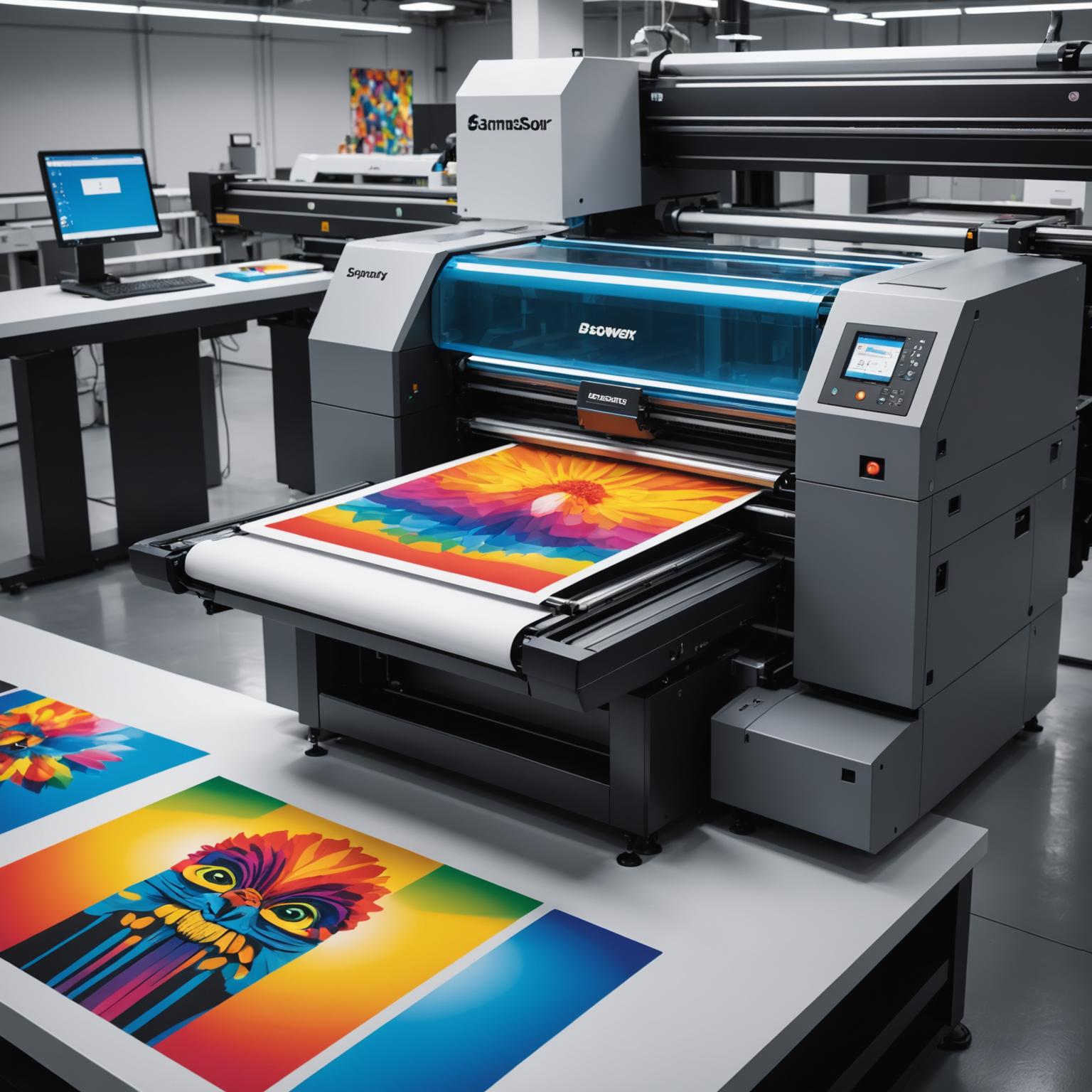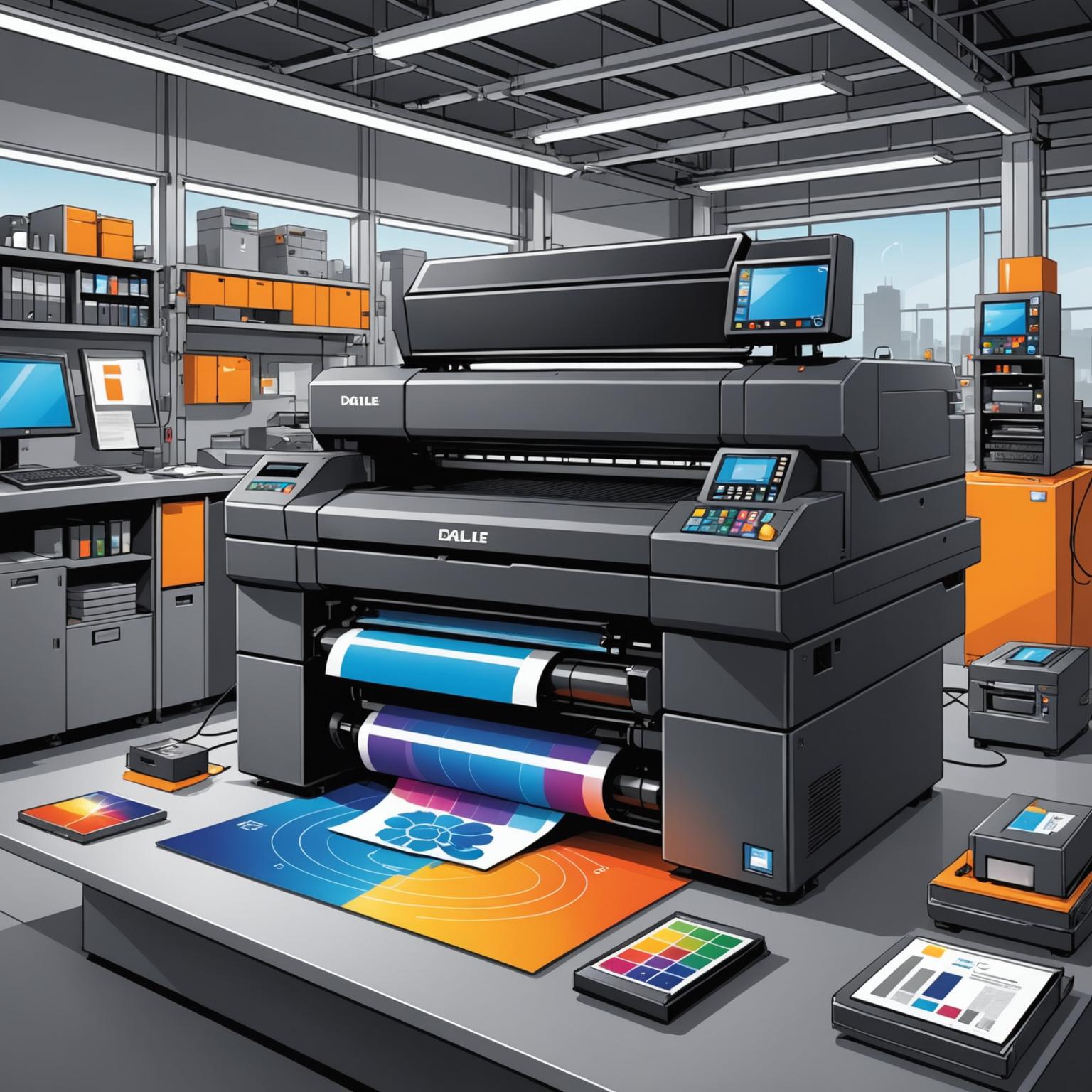The Unseen Technology in Your Hands
In a world driven by digital transactions and instant information, the humble paper receipt might seem like a relic. Yet, it persists, a tangible record of our daily commerce. The magic behind many of these crisp, quickly printed slips is the technology of thermal paper rolls. From the grocery store checkout to the credit card terminal at a café, this special paper facilitates millions of transactions every day without a single drop of ink. Its silent, efficient operation is a fascinating blend of chemistry and engineering, making it an indispensable component of modern point-of-sale systems and beyond.
How Does Thermal Printing Paper Work?
Unlike conventional paper that requires ribbons, ink, or toner to display an image, thermal printing paper is chemically treated to be heat-sensitive. The surface of the paper is coated with a specific mixture of a leuco dye and a developer. In its normal state, the dye is in a solid, colorless form. When a thermal printer's print head applies concentrated heat to specific areas of the paper, the dye and developer in the coating melt and react with each other, creating the dark text or vivid images we see. This process is incredibly fast and quiet, which is why thermal printers are preferred in busy retail and hospitality environments. The elegance of this system lies in its simplicity; the printer has fewer moving parts, leading to greater reliability and lower maintenance costs over its lifetime.
Decoding Quality and Composition
Not all thermal paper rolls are created equal. The quality and longevity of the printed image depend heavily on the paper's composition, which typically consists of several layers. It starts with a base paper that provides structure. On top of this is an undercoating, or pre-coat, which creates a smooth, absorbent surface for the final thermal layer. The crucial thermal coat, containing the heat-activated dye, is applied next. For premium applications, an additional protective topcoat is added. This final layer is vital as it shields the delicate thermal image from environmental factors like UV light, oils from hands, water, and abrasion, significantly preventing the print from fading over time. When selecting a roll, considering a top-coated option can be the difference between a receipt that lasts for weeks versus one that lasts for years.
Choosing the Right Roll for Every Application
Selecting the correct thermal printing paper involves more than just finding the right price. Compatibility is key. You must consider the specific dimensions required by your printer, including the roll width, the core size, and the overall roll diameter. Using the wrong size can lead to paper jams or prevent the printer from functioning at all. Furthermore, the application itself dictates the type of paper needed. A standard receipt for a quick transaction may only need to be legible for a short period. However, for records that need to be kept for warranty purposes, medical reports, or long-term archiving, a higher-grade, archival-quality paper is essential. Increasingly, businesses are also opting for BPA-free or phenol-free thermal paper rolls, addressing health and environmental concerns for both employees and customers, and showcasing a commitment to corporate responsibility.
The Silent, Indispensable Workhorse
In conclusion, the thermal paper roll is a testament to clever chemical engineering, a silent workhorse that powers the efficiency of countless industries. Its ability to produce instant, high-quality prints without the mess or maintenance of ink-based systems has solidified its place in our fast-paced world. From issuing tickets to tracking packages and printing vital medical information, this unassuming product plays a critical role. So, the next time you are handed a receipt, take a moment to appreciate the intricate technology that fits so seamlessly and silently into the palm of your hand.


